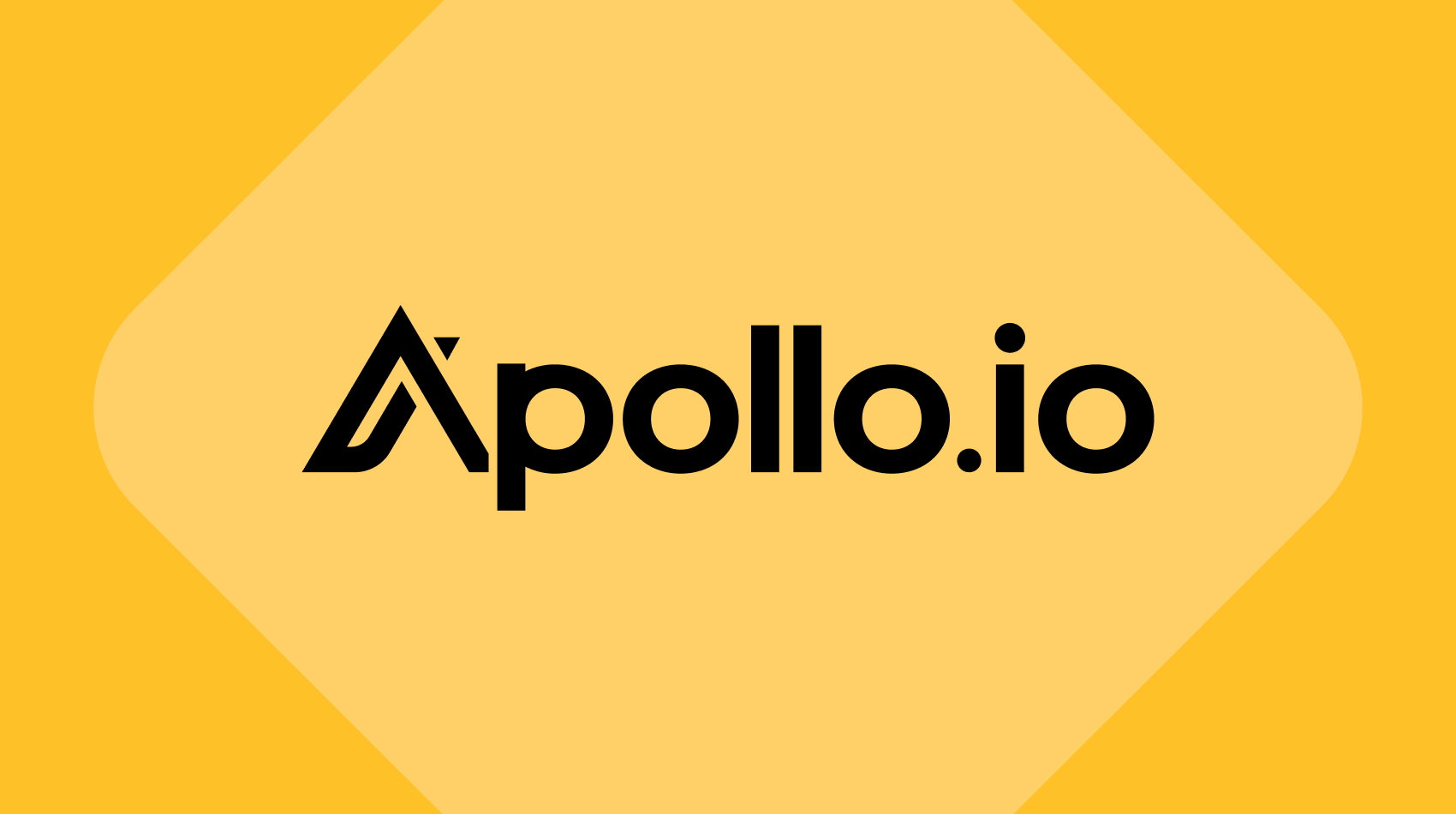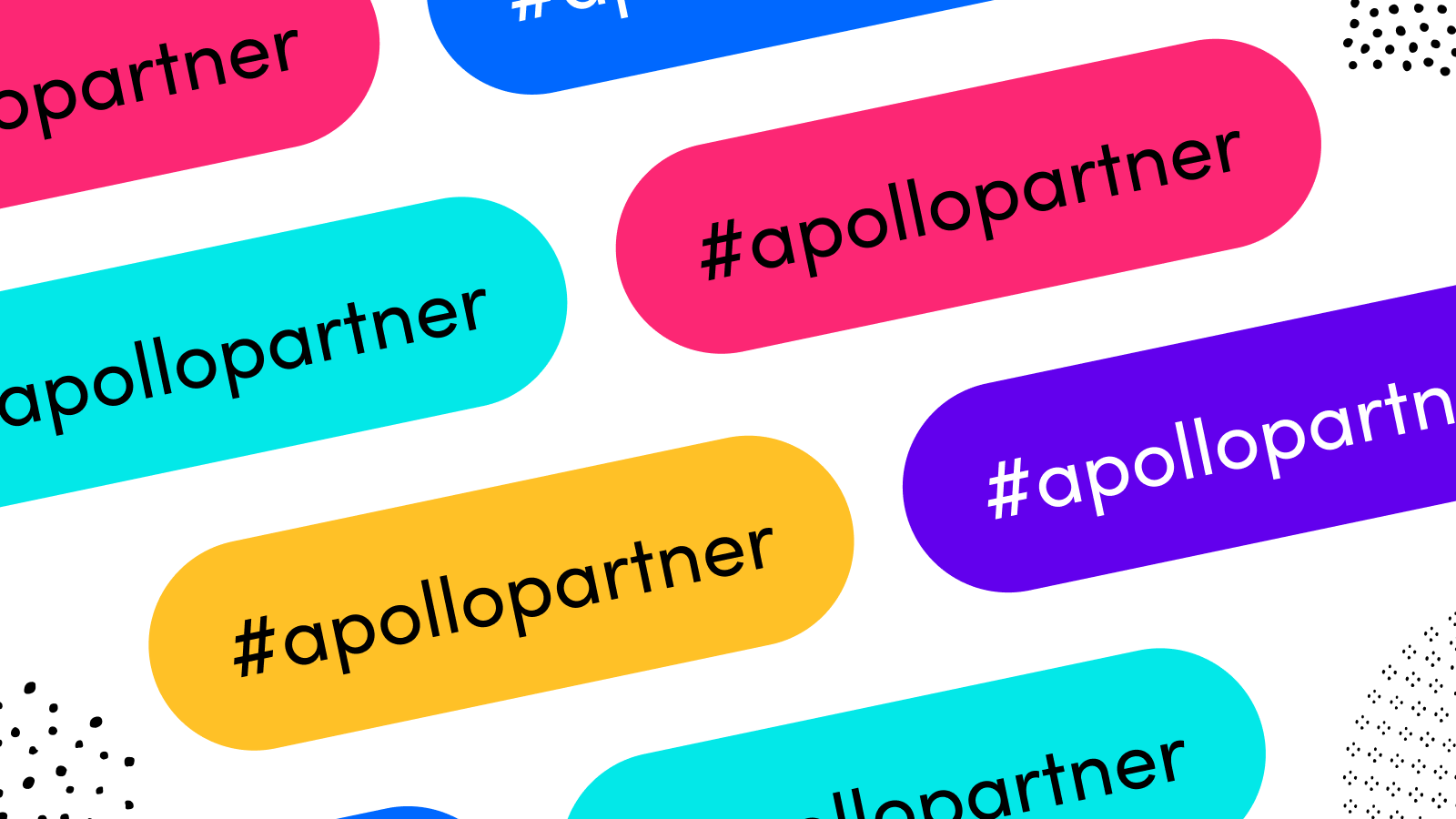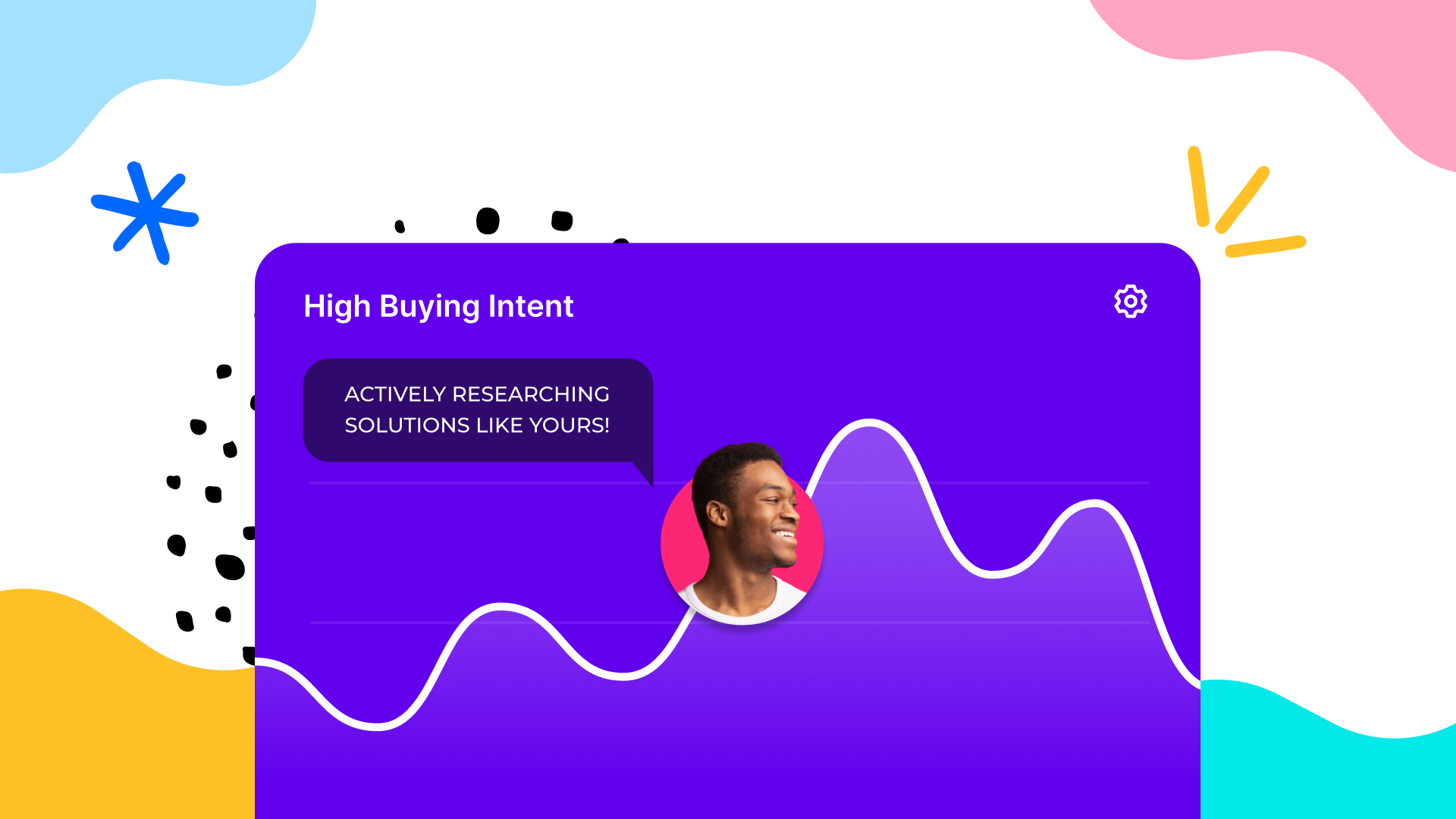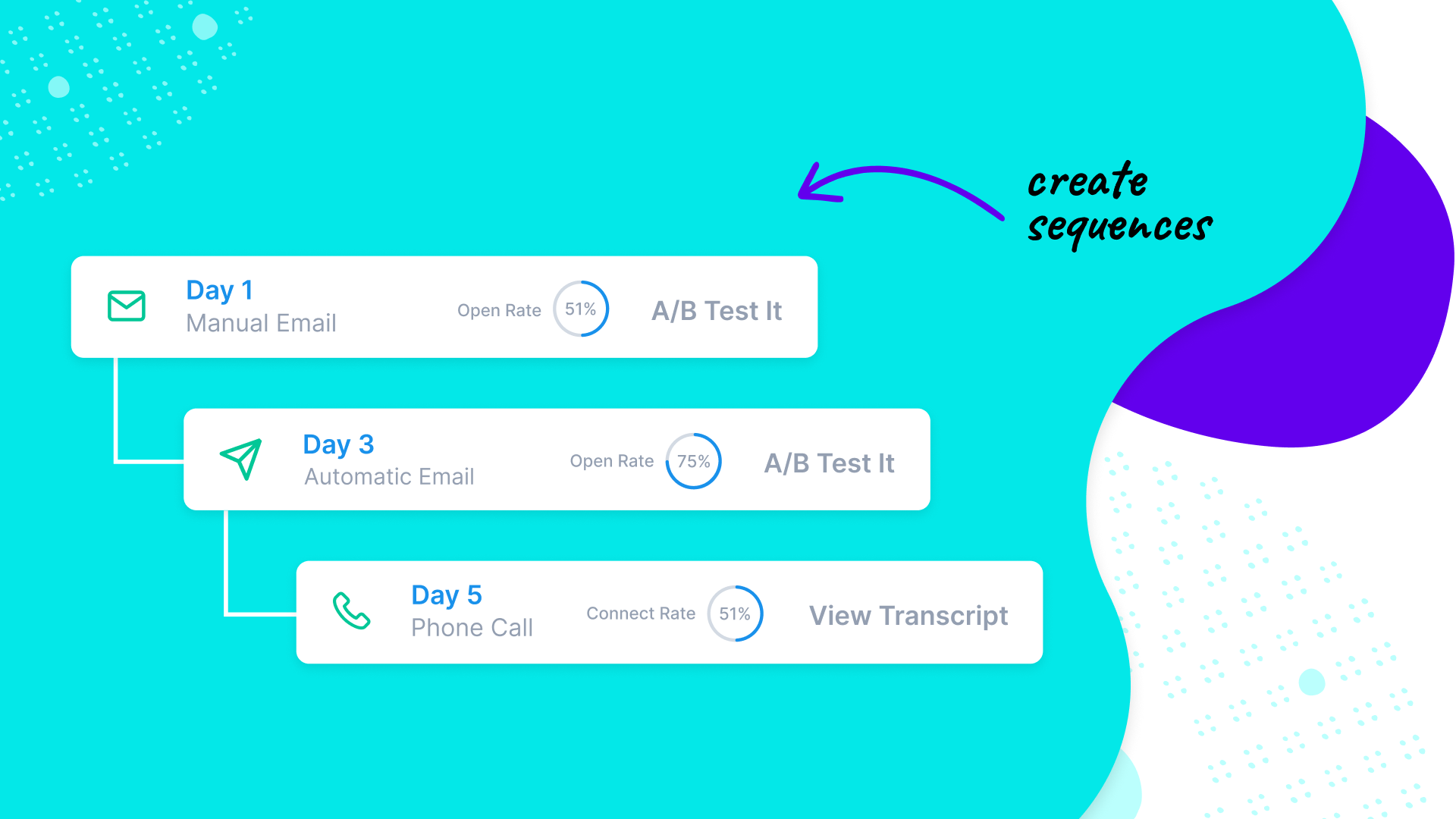You know the drill: The marketing team generates leads and then passes them on to the sales team to guide those leads through the sales funnel.
However, things have been changing rapidly in the last few years and we are now seeing a convergence of marketing and sales, meaning that they’re both working together through the lead generation strategy.
With all the advances in technology and the amount of information customers have available, B2B lead generation cannot continue as usual. For that reason, you must be aware of the available lead generation strategies to start implementing them in your company.
[lwptoc]
What is Lead Generation?
Lead generation is the process of attracting people to your business and nurturing them so they will become clients.
In inbound lead generation, for example, marketers collect emails from website visitors. Those people who submit their contact information are called leads.
A lead is someone in the first stage of the purchasing process, a potential buyer who is interested in your product or service.
But there are three types of website visitors:
A good chunk stumbled upon you by accident or mistake and don’t really need or want what you sell — those you need to identify a.s.a.p. and send them on their way.
Others need what you have but are not in a rush or have other options — those you need to convince. These people are known as marketing qualified leads (MQLs) — they’re different from the rest of the world only in that they have responded to one of your calls to action or CTAs.
You want them to move on past the top of your sales funnel, though. You want to convert them into sales qualified leads (SQLs).
And a very small percentage are ready to buy and eagerly seeking the solution you offer right there and then.
There are three steps in your relationship with your leads:
- Attract them (lead generation) – usually through content marketing (or inbound marketing) and lead magnets.
- Qualify them (lead scoring) – a qualified lead is one that matches your Ideal Customer Profile (ICP) and has shown buying intent.
- Convert them to customers – once a potential lead is identified, the sales team will engage them to close the deal.
In this article, we are going to focus only on the first one: lead generation.
B2B Lead Generation Strategies
1. Social Selling
Social selling is the process of using a social network to find your target audience,, build trusted relationships, and achieve your sales goals.
In B2C sales, the focus is on social networks such as Facebook, Instagram and Twitter, while B2B sales rely more on LinkedIn.
The reason for social selling? A sales rep should be where the buyers are — and that’s social media. Yet, only 31% of sales reps use social media in their sales process.
Social selling is a powerful tool, more effective than traditional channels. LinkedIn, for instance, is one of the most effective lead nurturing tools available. I know cases of people using LinkedIn’s inMail and seeing an open rate of 60% compared to around 25% for typical B2B emails.
So the question is, are you engaging with your prospects through social media channels?
Apollo’s LinkedIn Chrome Extension is a useful tool that will help you generate leads on LinkedIn.
2 . Outsourced sales
More and more companies are outsourcing their sales department to save time and costs but, mainly, because it delivers results. Outsourcing sales is 43% more efficient than generating leads in-house because managed service companies have more expertise.
From a business standpoint, outsourcing sales makes perfect sense: you let others take care of the legwork, while you focus on what you do best — create and deliver your product or service.
Contracting an outside sales team doesn’t mean you lose control of the sales process. On the contrary, you can take charge by measuring specific success metrics, such as number of qualified appointments generated and the number of appointments that lead to closed deals.
Outsourced sales is a viable outbound lead generation for many B2B companies.
3. Artificial Intelligence and Sales
The advances in Artificial Intelligence (AI) are fascinating, creating machines that work and react like humans. AI is impacting many areas and sales is one of them: from content curated by computers to chatbots that answer web visitor’s questions.
AI software learns consumer behavior from data and analytics to create better sales pitches, personalize content and even predict the future.
One widespread use of AI are chatbots. These simple but powerful tools allow you to automate responses based on customer queries, answering much like a human would.
What I like most about chatbots is that they let you qualify leads immediately — with a few questions you’ll know if they fit your buyer’s persona.
Additionally, they create more engagement, feel more personal to the customer, and the chatbot’s avatars are really cute.
4. Data-driven marketing
Closely related to AI, data-driven marketing refers to the strategies derived from the analysis of large amounts of data. In other words, it’s making a decision of who to target, when and where, based on the numbers.
Marketers and sales reps can collect data at every interaction with prospects to better understand them, interpret that data to predict future behaviors and make real-time marketing decisions. What messages and ads do they prefer to read? How can those messages and ads be personalized to be more effective?
With sales intelligence tools like Apollo, you have access to more than 220 million contacts at over 30 million companies. You can filter your prospects using 200+ data points, engage with them directly on the platform, and use the analytics tool to gain insights on what works and what doesn’t.
Are you using data to your advantage?
5. Conversational marketing
Conversational marketing — engaging one-on-one with your clients in a sales conversation — is arguably the most ancient form of marketing, and a great lead gen strategy.
The trend in the past few years has been to capture leads through email forms and other impersonal methods, but marketers are now realizing that there’s no substitute for human connection.
The new trend is having a team dedicated to conversational marketing in your organization. In conversational marketing your team is answering people’s questions, learning about their needs, listening to their feedback, and finding creative ways to help them. All these, through multiple channels, from live chat boxes on your website through 24/7 call centers.
When you have a dedicated team for conversational marketing, you provide a better experience for your B2B buyers, you let them know that you care and want to have a real conversation with them. You gain their trust — and trust is the key to effective marketing.
6. Video marketing
Remember plain ol’ email marketing? Now the trend is video email marketing. There are now video sales platforms such as BombBomb or VidYard that send personalized video emails to your list, with all the gadgets of a full CRM program.
Video is everywhere now, not just on YouTube, and is the ultimate marketing tool. In fact, data shows that if you have both video and text on the same page, 72% of people prefer video to learn about a product or service.
You must produce and market great videos featuring your brand and the benefits you provide for your customers as part of your lead generation process.
7. Demand marketing
Demand marketing or demand generation involves getting people excited about your brand or product to generate demand. You must drive awareness and generate lots of interest in what you offer, so a prospect will be eager to learn more and engage with you.
The goal of demand marketing is to form long term relationships with customers. This is done through different channels and marketing programs: from blogging to responding questions on Twitter, from hosting webinars to running engaging email campaigns.
Actively engaging with your audience is the secret behind demand generation — and all the lead generation strategies in this article will help you do that.





